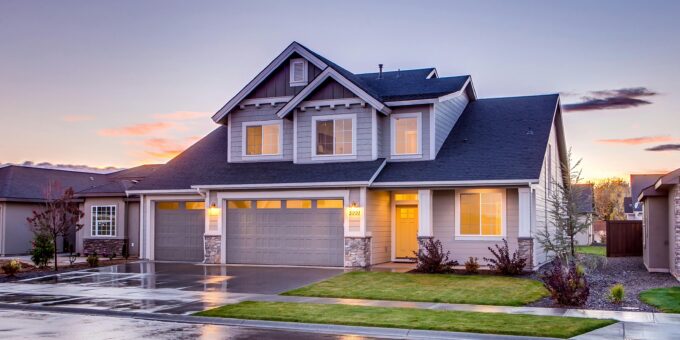
When homeowners receive their annual insurance bill, many wonder why the rates fluctuate so much. While weather conditions, property values, and personal claims history certainly play a role, one of the most overlooked factors is politics. The decisions made in state legislatures, Congress, and even local governments have a direct influence on the premiums homeowners pay. From climate policy to taxation laws, politics seeps into the financial fabric of home protection. Understanding this relationship isn’t just useful—it’s essential for every homeowner looking to make smart financial decisions.
The Link Between Politics and Home Insurance Rates
Politics is often described as the invisible hand guiding insurance premiums. Every policy change, whether small or sweeping, can shift how companies assess risk. For example, when governments impose stricter regulations on how insurers can calculate premiums, companies may respond with higher base rates to protect their profits. Conversely, in states with more relaxed regulations, insurers have greater flexibility, which sometimes leads to competitive pricing.
Home insurance does not exist in a vacuum—it reflects the broader political climate. A shift in leadership can alter funding priorities for disaster relief, subsidies, or tax breaks, all of which indirectly affect the bottom line for homeowners.
Government Regulations and Home Insurance
The balance of power between federal and state governments plays a critical role in shaping insurance rates. In the U.S., home insurance is primarily regulated at the state level, which means rules differ widely depending on where you live. For instance, states like California enforce strict consumer protection laws to prevent unfair rate hikes, while others allow insurers more leeway in determining premiums.
Federal policies also leave their mark. When Congress passes laws about banking, finance, or environmental standards, insurers must adapt. The interplay between these levels of governance explains why two homeowners with identical properties in different states may face vastly different premiums.
The Role of Elections in Insurance Pricing
Election seasons don’t just bring campaign ads and debates—they can also bring uncertainty to the insurance market. A candidate’s stance on taxation, environmental regulations, or consumer protection can directly affect insurers’ financial models. Companies may adjust rates in anticipation of new laws, especially if a candidate’s platform signals stricter oversight or increased disaster relief spending.
When a new administration takes office, insurers often recalibrate. Homeowners might see rates spike or drop within a year, all depending on whether the political climate favors deregulation or tighter rules.
Impact of Political Lobbying on Insurance Companies
Behind the scenes, insurance companies spend millions lobbying lawmakers to protect their interests. These lobbying efforts often influence the fine print of bills that the public rarely sees. For homeowners, this means that their premiums could rise or fall depending on whose interests win in the political arena.
Lobbying can also slow down reforms meant to help consumers. While many politicians campaign on promises of affordable insurance, industry lobbying frequently leads to compromises that dilute protections for homeowners.
You Can Also Read : How to Leverage Astronomy for Future Airline Innovations
Climate Change Policies and Home Insurance
Few political debates have more impact on home insurance than climate change. Policies addressing—or ignoring—climate change directly affect the risks insurers must account for. Strong environmental regulations, such as funding for coastal protections, can stabilize insurance markets. On the other hand, political resistance to climate action often leaves homeowners paying the price through higher premiums, especially in areas prone to hurricanes, wildfires, or floods.